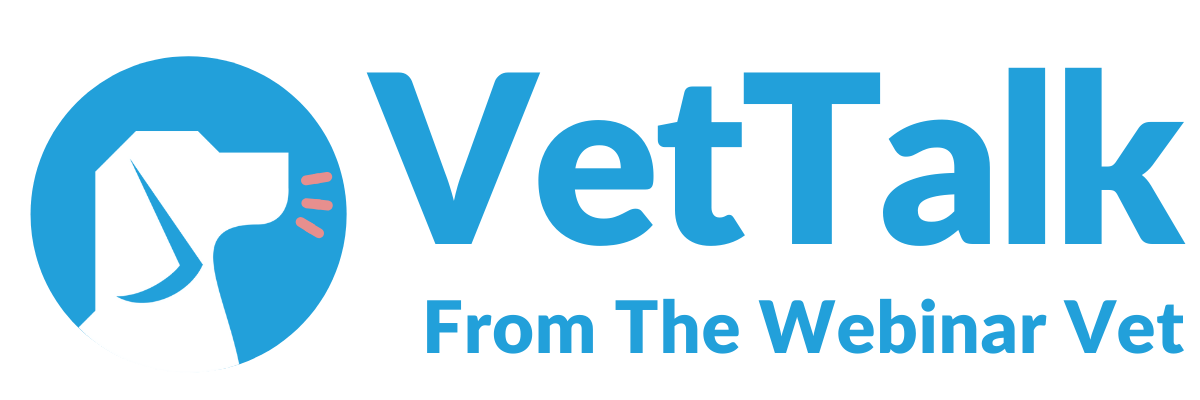
Empowering RVNs: Conducting Lump Appointments Under Veterinary Direction
In Summary: The Focus of This Blog Series
This series of blogs highlight the role Registered Veterinary Nurses (RVNs) could have in expanding clinical consultations and procedures within the scope of their remit and schedule 3 under veterinary direction. This approach is grounded in careful research and current best practice; we’ve taken the time to ensure it’s both safe and effective and meets current RCVS guidance regarding delegation.
In this article, we’ll look at how trained RVNs can support vets by leading lump consultations under veterinary direction. We’ll explain how we manage these appointments safely and effectively, working within the remit of the RVN and improving patient care and team efficiency. We’ll also discuss the role of the RVN throughout the process, sometimes starting from a consultation and ending with a schedule 3 surgery.
.jpeg)
What is a Lump Appointment?
A lump appointment is typically booked when an owner notices a new lump or wart on their pet. These consultations are common and tend to follow a consistent protocol, which is why we identified them as suitable for RVNs to carry out under the delegation of a veterinary surgeon.
At our practice, RVNs conduct lump consultations in line with our standard operating procedure (SOP) for lump assessments; the same protocol followed by vets when they see these cases too.
The RVN’s Role in Lump Consults
So, exactly what can RVNs do in lump appointments under Schedule 3 of the Veterinary Surgeons Act?
• Take patient history- a full clinical history including any history of previous lumps or warts and look at past results if appropriate.
• Conduct physical exams- a nose-to-tail health assessment to detect any other abnormalities and to include examination of the lump.
• Measure/document the lump- measurements are recorded on the clinical notes.
• Take photos- these photos are uploaded to the patient records for the vet to assess if required.
• Discuss diagnostic options such as Fine Needle Aspiration (FNA)- Owners may not opt for FNA. If they do not wish to go ahead, other options such as straight to removal or watch and wait will be discussed, along with the associated risks.
• Perform FNA- We ensure our RVNs are competent, and this is carried out under direction using the RCVS S.U.P.E.R.B delegation guidelines (RCVS, 2025).
• Specific guidance- Some cases follow specific guidance, which is addressed in the protocol.
Collaboration in Practice: RVNs Acting Under Vet Direction
It is important to note that RVNs must work under the direction of a veterinary surgeon, who retains responsibility for diagnosis and treatment decisions. RVNs act within a defined scope and under appropriate supervision, with clear communication and accountability.
How do we do this?
• Our vets receive the results for any FNAs carried out, make a diagnosis and either delegate reporting the results to the RVN (for example in the case of a lipoma or cyst) or for complex cases (such as cancer or very large lumps requiring significant surgical debulking), they will report the results themselves.
• If an owner chooses to “watch and wait,” the vet is informed, the clinical notes are thorough, and a follow up appointment is booked with the RVN to re measure and discuss options again.
Where the RVN is suitably trained and competent, and under the ongoing direction of the veterinary surgeon, they may manage the case through to surgical removal. This includes:
• Vet assessing the patient on the morning of surgery and prescribing medications.
• RVN discussing their proposed surgical approach with the vet in advance.
• Ensuring all team members are aligned on the plan and patient care.
This continuity not only enhances the RVN’s role but also supports more consistent patient care and strengthens client confidence.
Benefits of RVN-Led Lump Appointments
• For patients: More appointment availability and more time to discuss options.
• For vets: Allows them to focus on more complex cases whilst still having control over diagnosis and treatment plans.
• For RVNs: Clinical progression, job satisfaction, and better integration into case management.
• For the practice: Greater efficiency, better use of team skills, and improved client trust through continuity.
Considerations
• RVNs must be competent and trained for each delegated task- there is no cutting corners.
• Consent and communication with the client must be clear; our clients are always aware that it is an RVN carrying out the consultation and/or performing the surgery.
• The veterinary surgeon must remain involved at key decision points. The RVN is working under direction and delegation from the vet.
• Clear record-keeping and adherence to protocols is essential for safety and compliance. Clear notes must be written, and photographs taken.
Conclusion
RVNs, when supported and directed appropriately, can play a significant role in clinical case management; from initial lump assessment, to diagnostics and even through to surgical planning. This approach enhances patient care, improves practice efficiency, and supports the professional growth of the veterinary nurse.
Call to Action
For veterinary teams: Are you using your RVNs to their full clinical potential?
For RVNs: Are you ready to take ownership of cases under veterinary direction?
If you want any more information about how we are carrying out any of our clinics, please contact us on LinkedIn!
.jpeg)
